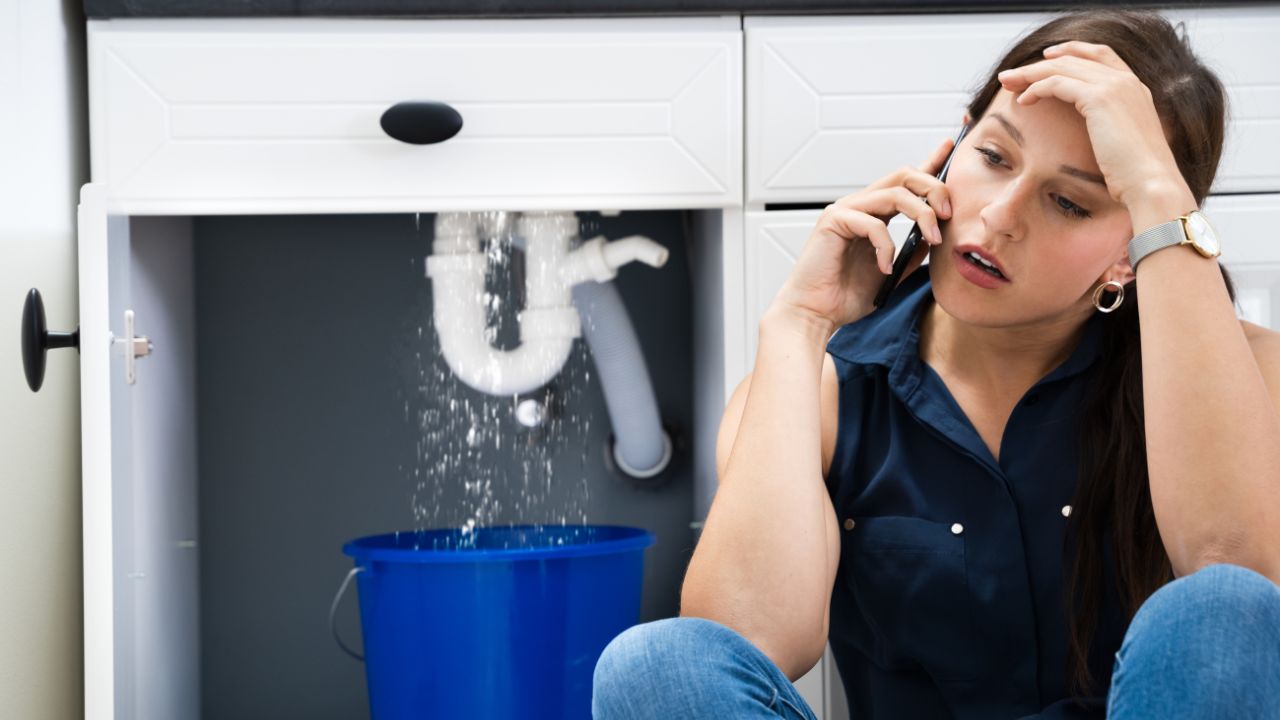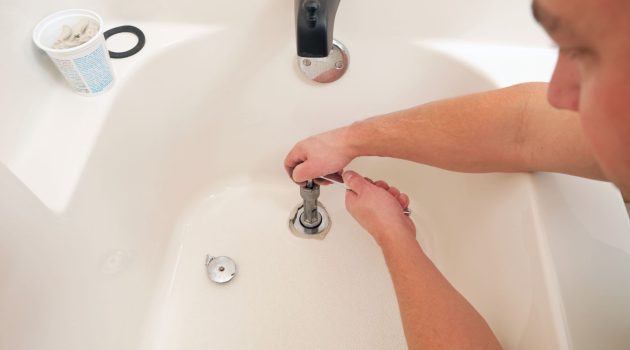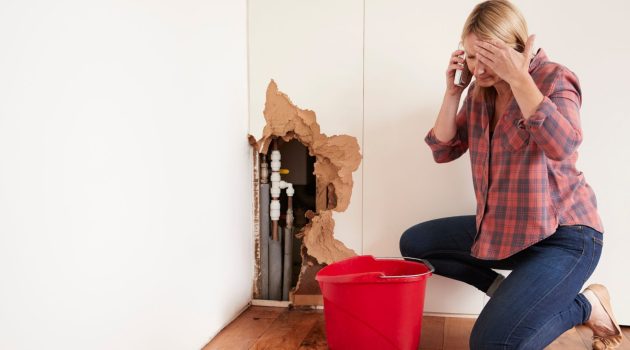Water damage can be a nightmare for homeowners and property managers.
Whether it’s caused by a burst pipe, flooding, or a leaking roof, the consequences can be devastating.
In this comprehensive guide to successful restoration, we will explore the various aspects of water damage, from prevention to restoration techniques, to help you navigate through the challenges and restore your property to its former glory.
1. Understanding Water Damage
Water damage can occur due to various reasons and can lead to significant problems if not addressed promptly.
By understanding the causes and types of water damage, you can better prepare for potential issues and take appropriate preventive measures.
Causes of Water Damage:
- Leaking Pipes and Plumbing Issues
- Natural Disasters such as Floods and Storms
- Roof Leaks and Poor Insulation
Different Types of Water Damage:
- Clean Water Damage
- Gray Water Damage
- Black Water Damage
2. Prevention is Key
Preventing water damage is crucial to avoid the hassle and expense of restoration.
By implementing effective preventive measures and maintaining your property regularly, you can significantly reduce the risk of water damage.
Regular Maintenance and Inspections:
- Checking for Leaks and Repairing Them Promptly
- Inspecting and Cleaning Gutters and Downspouts
Proper Drainage Systems:
- Installing Sump Pumps
- Redirecting Water Away from the Foundation
Report Highlights:
Water damage statistics indicate even a minor leak can increase the average household water bill by 10%.
- The average home insurance claim for water damage is $11,098.
- 98% of basements experience some sort of water damage.
- 14.6 million U.S. homes are at risk of flooding.
- On any given day, home water damage emergencies affect 14,000 people.
- Nationwide, household water damage costs up to $20 billion annually.
Full Report here
3. Assessing the Damage

When faced with water damage, it’s essential to assess the extent of the damage accurately.
This step helps in formulating an effective restoration plan and ensures that no hidden issues are left unattended.
Identifying Affected Areas:
- Inspecting Walls, Floors, and Ceilings
- Checking for Water Stains and Warping
Documenting the Damage:
- Taking Photographs and Detailed Notes
- Contacting Your Insurance Company
READ MORE: Room Smells Musty but No Mold: Quick Solutions to Freshen Up
4. Water Extraction
Removing standing water from your property is a crucial step in the restoration process.
Timely water extraction prevents further damage and reduces the risk of mold and mildew growth.
Removing Standing Water:
- Using Submersible Pumps and Wet Vacuums
- Draining Water from Carpets and Furniture
Drying Out the Area:
- Utilizing Industrial Fans and Dehumidifiers
- Ensuring Sufficient Air Circulation
5. Dealing with Contamination
Water damage can lead to contamination, particularly if the water is from a questionable source.
Proper sanitization and mold prevention measures are essential to ensure a safe and healthy environment.
Sanitizing the Affected Areas:
- Using Disinfectants and Anti-Microbial Solutions
- Cleaning and Sterilizing Furniture and Belongings
Mold and Mildew Prevention:
- Controlling Humidity Levels
- Employing Mold-Resistant Materials
6. Restoring Damaged Materials
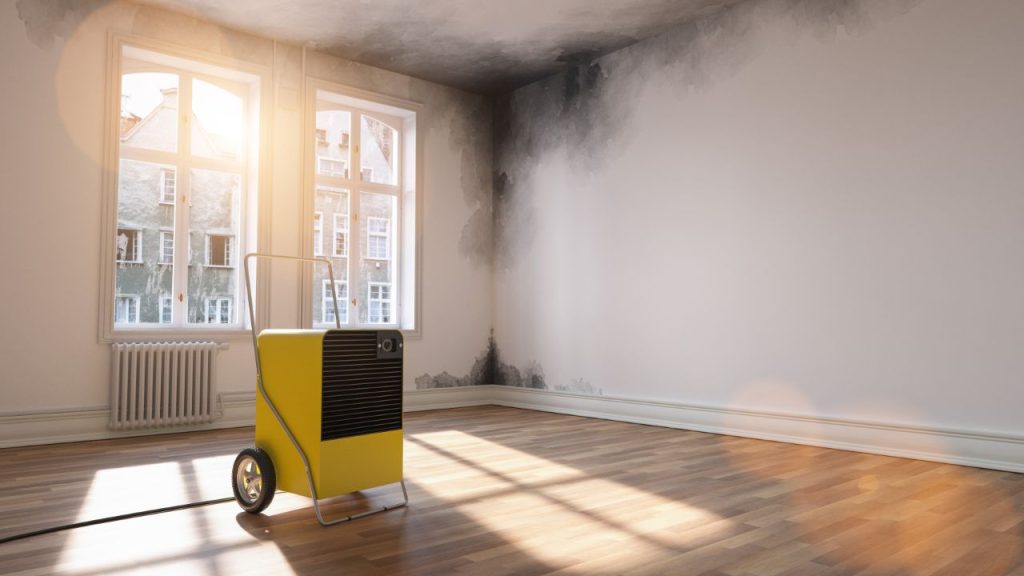
Water damage can wreak havoc on your belongings and the structural integrity of your property.
Restoring damaged materials requires careful evaluation and appropriate repair techniques.
Salvaging Furniture and Belongings:
- Cleaning and Drying Furniture
- Assessing and Restoring Electronics
Repairing Structural Damage:
- Reinforcing Weakened Structures
- Replacing Damaged Drywall and Flooring
7. Professional Restoration Services
While some water damage restoration tasks can be handled on your own, certain situations call for professional assistance.
Knowing when to seek professional help and choosing a reliable restoration company is crucial for successful restoration.
When to Seek Professional Help:
- Extensive Water Damage
- Contamination from Sewage or Chemicals
Choosing a Reliable Restoration Company:
- Checking Credentials and Certifications
- Reading Reviews and Obtaining Referrals
8. Insurance Claims and Coverage
Understanding your insurance policy and filing a water damage claim can make the restoration process smoother.
Knowing what is covered and how to navigate the claims process can help you receive the compensation you deserve.
Understanding Your Insurance Policy:
- Reviewing Coverage Limitations and Exclusions
- Communicating with Your Insurance Agent
Filing a Water Damage Claim:
- Documenting the Damage and Losses
- Submitting the Claim in a Timely Manner
9. DIY vs. Professional Restoration
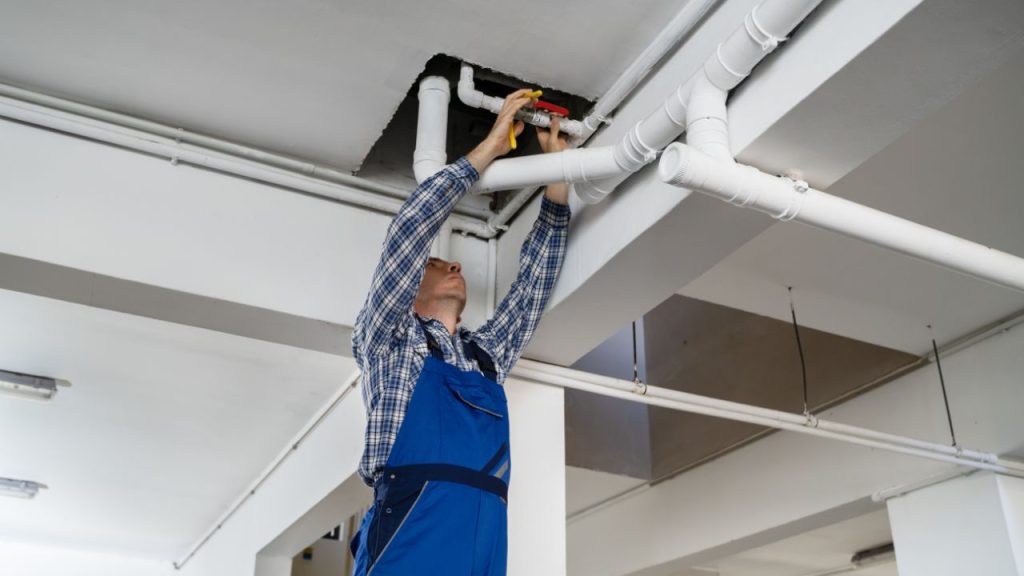
Deciding whether to undertake water damage restoration as a DIY project or hire professionals depends on various factors.
Considering the pros and cons of each approach will help you make an informed decision.
Pros and Cons of DIY Restoration:
- Cost Savings vs. Time and Effort
- Limited Expertise and Equipment
Benefits of Hiring Professionals:
- Expertise and Experience
- Comprehensive Restoration Services
10. Maintenance and Future Prevention
After restoring your property from water damage, it’s crucial to implement maintenance practices and preventive measures to minimize the risk of future incidents.
Regular Maintenance Tips:
- Monitoring Plumbing Systems
- Inspecting Seals and Caulking
Implementing Preventative Measures:
- Installing Water Leak Detection Systems
- Insulating Pipes in Cold Weather
11. The Cost of Water Damage Restoration
The cost of water damage repair can vary depending on several factors. Understanding these factors and budgeting accordingly will help you navigate the financial aspect of the restoration process.
Factors Affecting Restoration Costs:
- Severity and Extent of the Damage
- Type of Water and Contamination Level
Budgeting for Restoration:
- Obtaining Multiple Restoration Quotes
- Planning for Additional Expenses
12. Common Mistakes to Avoid
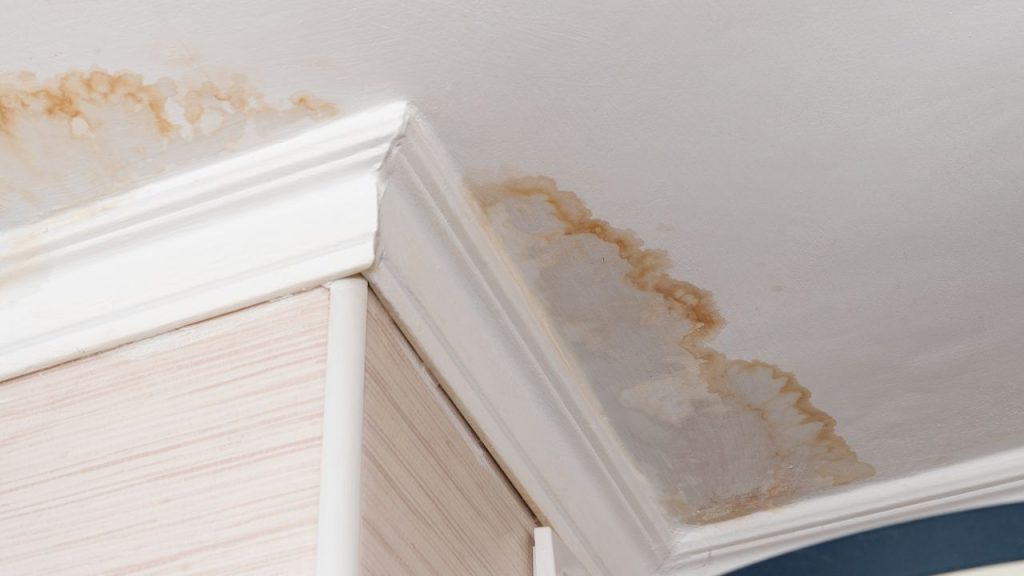
When dealing with water damage restoration, it’s essential to avoid common mistakes that can hinder the process or lead to further damage.
By being aware of these mistakes, you can ensure a smoother restoration experience.
Delaying Restoration:
- The Risk of Mold Growth and Structural Damage
- Increased Restoration Costs
Ignoring Hidden Water Damage:
- Checking for Moisture Behind Walls
- Assessing Subflooring and Insulation
FAQs
How long does water damage restoration take?
The duration of water damage restoration depends on the extent of the damage and the restoration techniques employed. Minor incidents may take a few days, while more severe cases can take several weeks.
Can water damage cause structural issues?
Yes, if left unaddressed, water damage can compromise the structural integrity of a property. It can weaken the foundation, cause wood rot, and lead to mold growth, all of which can contribute to significant structural issues.
Is water damage covered by homeowners’ insurance?
Water damage caused by sudden and accidental events, such as burst pipes or storms, is often covered by homeowners’ insurance. However, coverage may vary depending on the policy and the cause of the water damage.
How do I prevent mold growth after water damage?
To prevent mold growth after water damage, it’s crucial to dry the affected areas thoroughly within 24-48 hours. Proper ventilation, dehumidification, and sanitization measures should be implemented to discourage mold and mildew growth.
Can I restore water-damaged electronics?
Water-damaged electronics can be challenging to restore. It’s recommended to consult a professional electronics restoration specialist to assess the damage and determine the feasibility of restoration.
When should I hire a professional restoration company?
It’s advisable to hire a professional restoration company for extensive water damage, cases involving contaminated water, or if you lack the necessary expertise and equipment for effective restoration.
Conclusion
Water damage can be a stressful and overwhelming experience.
However, armed with the knowledge and insights provided in this comprehensive guide, you are now better equipped to handle water damage restoration successfully.
Remember to act promptly, seek professional assistance when needed, and prioritize preventive measures to safeguard your property against future water damage.
